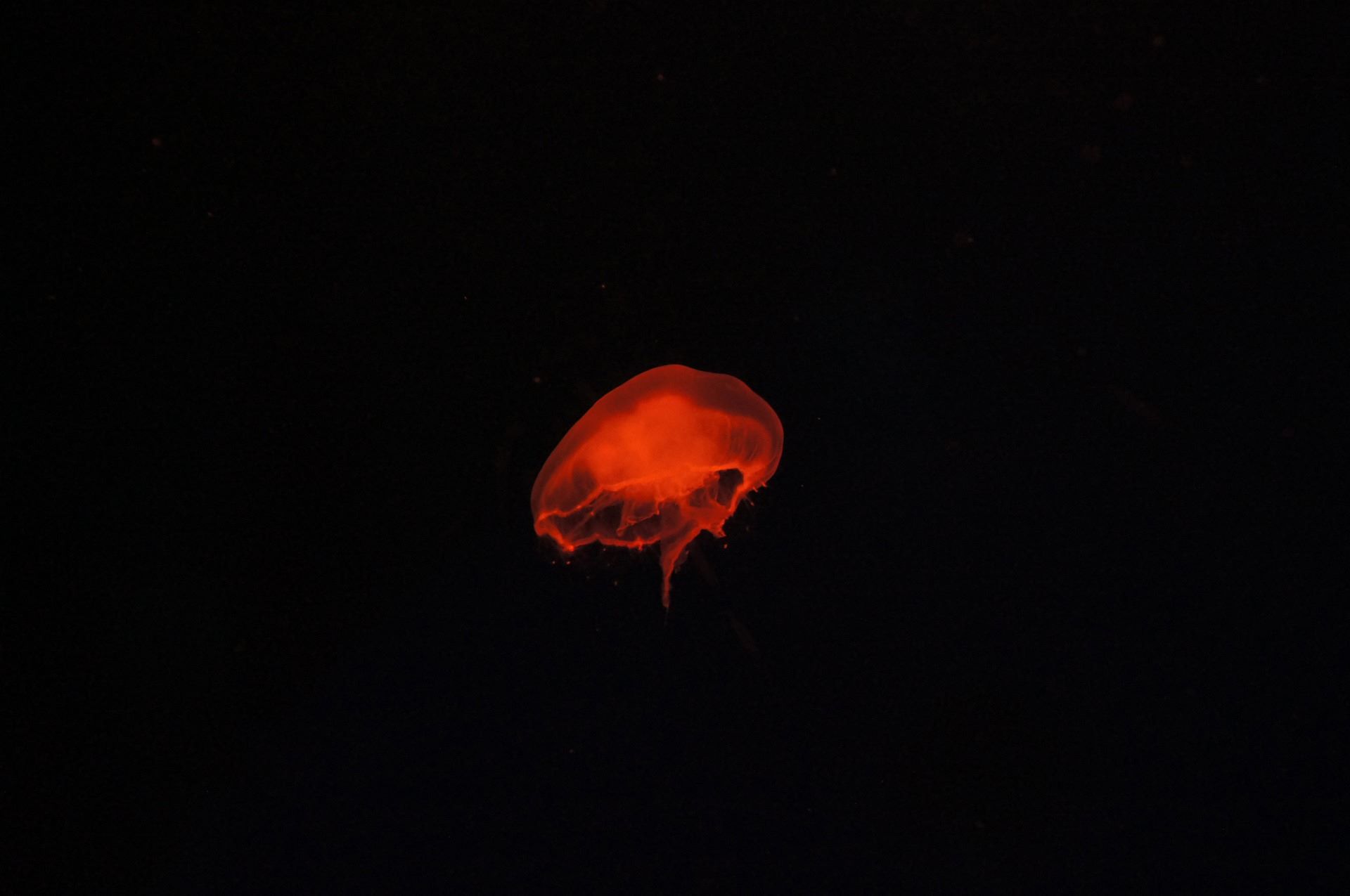 Zoltan Birner/Pixabay
Zoltan Birner/Pixabay
The world's oceans contain a vast amount of interesting species
Marine fish and invertebrates are among the last sources of wild food on the planet, providing over 2.6 billion people with at least 20% of their average per capita protein intake. Moreover, the world's oceans host 32 of the 34 known phyla on Earth and contain somewhere between 500,000 and 10 million marine species. Sustainable use of water by sustainable agriculture, fisheries and forestry is essential for human well-being, economy, plants and animals.
Major threats to marine and coastal ecosystems include:
- Land-based pollution and eutrophication.
- Overfishing, destructive fishing, and illegal, unreported and unregulated fishing.
- Alterations of physical habitats.
- Invasions of exotic species.
- Global climate change.
Overfishing is widely acknowledged as the greatest single threat to marine wildlife and habitats. The Food and Agriculture Organization of the United Nations reports that nearly 70% of the world's fish stocks are now fully fished, overfished or depleted.
As far as the world's coral reefs are concerned, about 20% have been effectively destroyed and show no immediate prospects for recovery; about 16% were seriously damaged by coral bleaching in 1998, but of these about 40% have either recovered or are recovering well; about 24% of the remaining reefs are under imminent risk of collapse through human pressures; and a further 26% are under a longer-term threat of collapse.
More information: